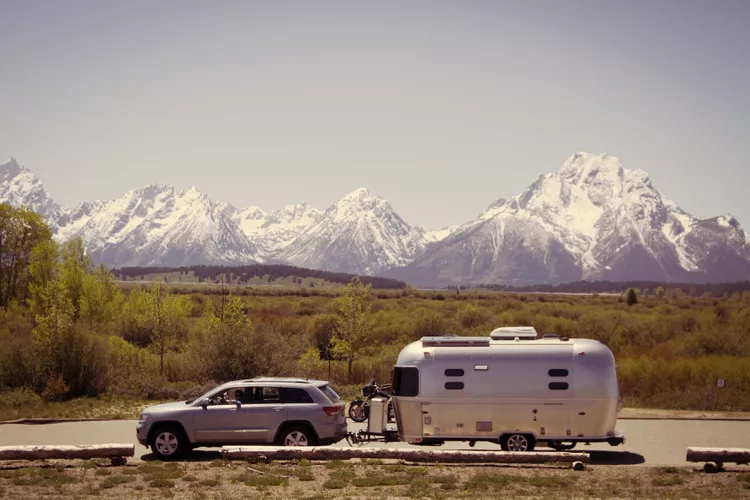Summary of Key Points
- Understand the importance of state-specific driving laws for RVs and trailers.
- Be aware of width and length restrictions for trailers in various states.
- Know the brake and hitch requirements to ensure safe travels.
- Recognize other restrictions related to propane tanks and trailer access on certain roads.
If you plan to drive your RV or trailer on a state-by-state camping road trip, it’s crucial to understand the laws governing each state. Choosing the right RV involves familiarizing yourself with driving safety, insurance, and compliance with state regulations. However, when crossing state lines, not only might the traffic laws differ, but so can the legal requirements for your RV or trailer. Therefore, staying informed about the changing regulations is essential.
Differences in State Driving Laws
In California, speed limits dictate that vehicles towing trailers cannot exceed 55 mph, while those without can go up to 70 mph. New Jersey has strict laws regarding firearm purchases that can impact travelers. Moreover, in Texas, maximum speed limits are set at 70 mph during the day and 65 mph at night; therefore, adherence to these regulations is vital to avoid fines. Additionally, New York prohibits trailers on most parkways, highlighting further variances in regulations.
While many speed laws are readily posted, knowing right turn rules and towing restrictions might require further research. The regulations can differ significantly, leading to potential citations if not adhered to.
Width Limits
Many RVs, like our older Airstream, measure 8 feet wide. Conversely, newer Airstream models may reach 8 feet 5.5 inches, which can cause problems in states that enforce width restrictions. For instance, Alabama, Arizona, and other states have width limits set at 8 feet for trailers, despite some newer models exceeding this measurement.
In Connecticut, width is limited to 7.5 feet, height to 8 feet, length to 24 feet, and weight to 7,300 pounds on certain parkways. Failure to adhere to these restrictions can lead to penalties.
Length Limits
Alabama imposes a 40-foot length limit for trailers. If you’re towing multiple trailers, California’s regulations restrict such practices, creating a need for careful planning. On the other hand, Arizona has more lenient rules regarding multiple trailers, provided they meet specific criteria.
Mississippi enforces a 32-foot limit on trailers on the Natchez Trace, emphasizing the importance of knowing each state’s limitations before embarking on your journey.
Brakes and Hitches
Trailer brake and hitch requirements vary significantly between states. For example, Iowa mandates equalizing hitches, sway control, and brakes for trailers exceeding 3,000 pounds. Similarly, Minnesota requires breakaway brakes for trailers weighing 6,000 pounds or more. Overall, these requirements are crucial for safe towing practices.
Other Restrictions
When traveling from Illinois to Iowa, avoid the bridge between Fulton, IL, and Clinton, IA, as trailers are not permitted there. Additionally, if your RV has propane tanks, be aware that passing through the Baltimore Harbor Tunnel or Fort McHenry Tunnel in Maryland is also prohibited.
For those planning a visit to Montana, investigate the RV restrictions in advance. Virginia limits travel with portable gas tanks in specific tunnels, and Wisconsin allows fifth wheel riding under specific conditions.
Sorting It All Out
Planning a cross-country trip requires thorough preparation to ensure compliance with various state laws. Therefore, consulting the department of motor vehicles websites in the states you’ll be traveling through is prudent. Many states offer permit applications or waivers for vehicles not meeting specifications. Consequently, having this information will enhance your travel experience and help avoid legal complications.





